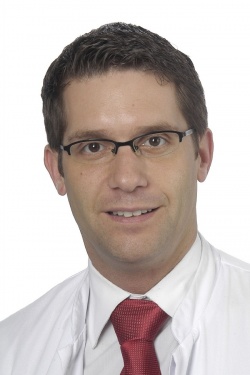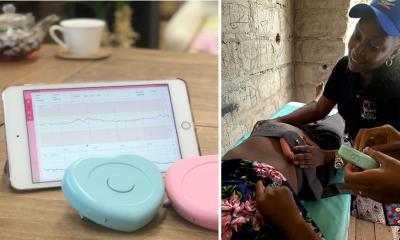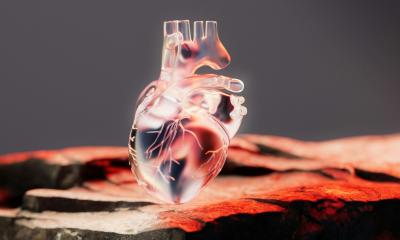ECR 2013: Cardiac imaging is picking up speed
They examine the structure of the heart muscle with magnetic resonance imaging (MRI) or evaluate the status of the coronary vessels with computed tomography (CT): radiologists increasingly use imaging methods to prevent or to assess cardiac diseases.

At the European Congress of Radiology (ECR 2013), which is currently taking place in Vienna, one scientific session is dedicated to cardiac imaging. Its title “Cardiac Imaging: the cutting edge” already indicates the breathtaking speed of developments in this area. The experts however go out of their way to keep a lid on the bubbling cardiac imaging euphoria.
“CT is considered a wonderful technique for the evaluation of coronary arteries. It is really similar to coronary angiography, but without the risks,” says Professor Ernesto Di Cesare, session chairman and director of the radiology department at L’Aquila University Hospital (Italy). Particularly for patients with coronary heart disease (CHD) who do not show clear symptoms, CT is the diagnostic modality of choice.
“The use of cardiac CT is bound to increase and, by the next decade, it could penetrate everyday work,” concurs Professor Konstantin Nikolaou, Deputy Head of Department, Diagnostic Radiology, University Hospital of Ludwig Maximilian University Munich, Germany, although he is somewhat reserved: “The future development of a rather new technology is always difficult to predict. Radiology and cardiology have to prove with large clinical trials that cardiac CT is effective and efficient.” Today experts are looking forward to the results of two major trials: PROMISE (PROspective Multicenter Imaging Study for Evaluation of Chest Pain) compares functional procedures (stress ECG, stress echocardiography and stress nuclear imaging) with coronary CT, while ROMICAT II (Rule Out Myocardial Infarction Using Computer Assisted Tomography II) is designed to find out whether CCTA is a useful and safe screening instrument for emergency patients with chest pain.
Professor Philip A. Kaufmann of the Clinic for Nuclear Medicine and Radiotherapy at the University Hospital Zurich, Switzerland, is particularly interested in hybrid procedures to study of coronary vessels. Will the combination of single photon emission computed tomography and coronary computed tomography angiography (SPECT/CCTA) or positron emission tomography and coronary computed tomography angiography (PET/CCTA) yield benefits in the diagnostic workup of patients coronary heart disease? “Cardiac hybrid imaging allows risk stratification in patients with known or suspected coronary artery disease,” he found out in one of his studies. Both methods allow the non-invasive visualization of coronary stenoses and the evaluation whether these stenoses will obstruct blood flow. But Kaufmann is also eager to put things into perspective: “A one shop shot is not a magic scanner, but it offers best practice integrated cardiac imaging.”
Magnetic resonance imaging (MRI) plays an increasingly important role in cardiac imaging. “Particularly in the evaluation of cardiac myopathies the number of MRI scans is downright exploding,” says Dr. Bernd Wintersperger, associate professor of radiology and section chief for cardiac imaging at the University Health Network, Mount Sinai Hospital, and Women's College Hospital, University of Toronto in Canada. In cardiac MRI the radiologists are hotly debating whether increased field strength beyond the current standard 1.5 Tesla offers actual diagnostic value.
“Images that were acquired with 3 Tesla MR scanners show improved signal-to-noise and contrast-to-noise ratios,” explains Wintersperger and adds: “But high-field MRI is not unproblematic.” It not only creates more off-resonance artefacts but can also cause problems with older implants that are not designed for greater field strengths. “3 Tesla images are better,” he concludes, “but are they worth the extra dollars?”
08.03.2012











